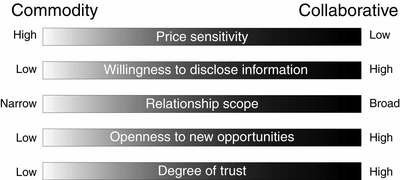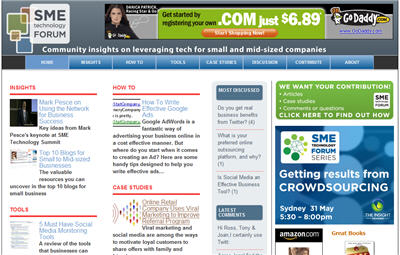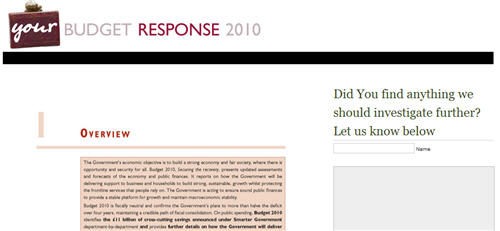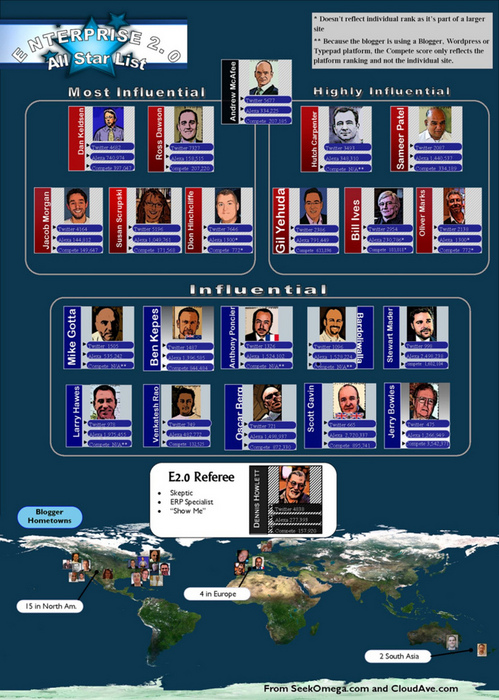New perspectives on crowdsourcing at Creative Sydney
On Saturday I spoke at Creative Sydney’s Crowds + Collaboration event. I had just been invited to on Thursday to fill in for a speaker who couldn’t make it, but it was pretty easy to do given last week we launched our Crowdsourcing Landscape and I gave two keynotes largely about crowdsourcing (to Cisco and at a regional futures conference in WA). As such I addressed the topic The Future is Crowdsourcing, largely supported by the Crowdsourcing Landscape, as you can see at the bottom of this post.
The other speakers were excellent. In particular the story of Detours and Destinations was extremely inspiring. Highly disadvanted youth were given the opportunity to spend time at the Sydney Opera House creating their own performance. One of their many creations is below.





